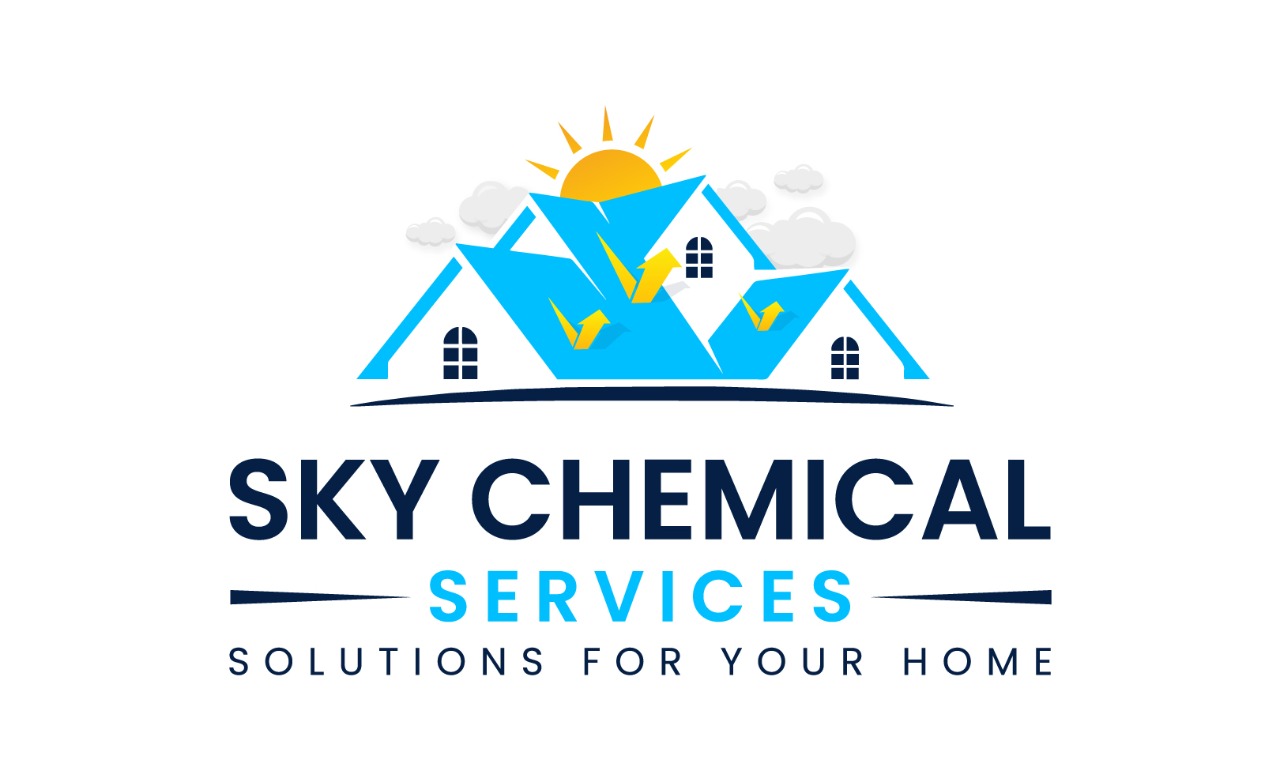
Washrooms Waterproofed is a necessary aspect for homeowners and businessmen. Small-sized washrooms provide unique challenges in the layering process. For example, limited space can cause low mobility issues for experts. Moreover, poor ventilation can disrupt work incessantly. Let’s discuss some methods in waterproofing small-sized washrooms.
Importance of Waterproofing-Washrooms Waterproofed
Water damage in bathrooms can lead to structural deterioration, mold growth, and costly repairs: Small-sized washrooms are susceptible to water leakage because of broken pipes or incomplete layering of concrete. To overcome the issue, waterproofing coats are applied.
Key Considerations
Substrate Preparation
Substrate preparation holds the key to a successful waterproofing job. According to experts, it accounts for 95% of the entire workload. The surface must be clean, debris-free, and structurally sound. Any cracks or gaps in the substrate should be fixed before the coating process.
Read More
How Bathroom Leakage Repair Beautify Your House in Pakistan?
How to Hire Experts from Bathroom Leakage Repair in Karachi?
How to Control Leakage and Seepage in Pakistan Using Chemicals?
Movement Joints
Small washrooms are subject to expansion and contraction due to temperature fluctuations and structural movements. Incorporating movement or expansion joints in waterproofing systems allows for flexibility, reducing the risk of crevices and leaks.
Tile Selection
The type of tiles selected for bathrooms can affect the waterproofing process. Non-porous and sealed tiles are less likely to absorb water, minimizing the potential for water damage.
Drainage
Drainage systems serve as an exit for additional water to be redirected away from the closed structure. Proper slope and slope-to-drain systems are essential for water removal. Several types of basement drains, such as sump pumps, exterior drain tiles, and French drains are used.
Waterproofing Methods for Small-Sized Washrooms
Liquid Membrane Waterproofing
Liquid-applied waterproofing membranes are used in small washrooms due to their flexibility and capability to adhere to various surfaces. These membranes are painted or rolled onto the substrate, creating a seamless barrier against moisture.
Sheet Membrane Waterproofing
Sheet membranes, such as PVC or bitumen-based membranes, assist in reducing critical damage and maintenance costs. These pre-manufactured sheets are applied to the substrate, creating a smooth and watertight layer.
Read More
List of Best Chemicals To Secure From Leakage and Seepage in Karachi
How Expansion Joint Treatment in Karachi Saves Money?
Why It’s Difficult to Secure Dampness Treatment in Karachi?
Cementitious Waterproofing
The cement-based polymer coatings form a durable barrier against moisture. As it dries, the mixture forms a rigid waterproof layer. In addition, these coverings resist mold and mildew growth, chemical attacks, and abrasion.
Crystalline Waterproofing
Crystalline waterproofing materials penetrate the concrete surface and react with water particles to form insoluble crystals which help to seal the surface and fill the cracks and pores. This method provides long-term protection against moisture ingress.
Materials Used for Small-Sized Washroom Waterproofing
Waterproofing Membranes
Sheet membranes restrict water leaks, flooding, and mold growth in washrooms. These coverings are made from PVC, TPO, or bitumen. Besides sheet membranes, liquid membranes are also essential for sealing the bathroom surface.
Sealants & Adhesives
High-quality sealants and adhesives are crucial for shutting joints, corners, and connections between different waterproofing materials. These adhesives prevent water from seeping through minor openings.
Waterproofing Compounds
Cementitious waterproofing compounds are formulated with special additives to modify the properties of the final layer. With a water-resistant layer, experts will have less work to do. Moreover, the reinforcement of the entire surface increases the value and prestige of the structure.
Conclusion
Waterproofing small-sized washrooms is a meticulous process that requires careful consideration of space limitations, substrate conditions, and moisture exposure. The goal is to create a water-tight barrier that prevents leaks, water damage, and mold growth. By choosing the right waterproofing methods, materials, and following best practices, construction professionals can ensure the durability and longevity of small Washrooms Waterproofed while maintaining a safe and comfortable environment for users. Consulting with experienced contractors and waterproofing experts is crucial to ensure that the specific needs of the space are met and that the chosen waterproofing solution is both effective and long-lasting.
Connect with Sky Chemical Services for an appointment today!
